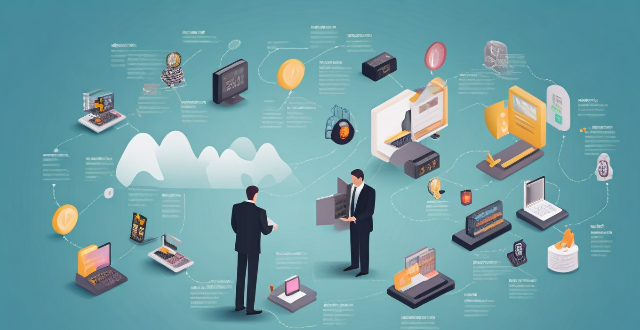The advent of 5G technology has revolutionized the telecommunications industry, offering faster speeds, lower latency, and increased capacity. Key impacts include enhanced mobile broadband, ultra-reliable low-latency communications, and massive Internet of Things connectivity. These advancements have led to changes in network infrastructure, service innovation, economic growth, and social development. However, challenges such as coverage limitations, compatibility issues, spectrum allocation, and security concerns need to be addressed. The full potential of 5G is yet to be realized but holds immense promise for positive change across various sectors.

Impact of 5G Technology on the Telecommunications Industry
Introduction
The advent of 5G technology has revolutionized the telecommunications industry, ushering in a new era of connectivity and innovation. With faster speeds, lower latency, and increased capacity, 5G promises to transform not just how we communicate but also how we live, work, and play.
Key Impacts
1. Enhanced Mobile Broadband (eMBB)
- Speed: 5G offers download speeds up to 20 Gbps, significantly faster than 4G's 1 Gbps.
- Capacity: It can support more devices simultaneously without compromising performance.
- Latency: Reduced latency as low as 1 millisecond enables real-time interactions.
2. Ultra-Reliable Low-Latency Communications (URLLC)
- Reliability: Guarantees high data reliability for critical applications.
- Latency: Ensures near-instantaneous transmission for time-sensitive tasks.
3. Massive Internet of Things (MIoT)
- Scalability: Supports up to 1 million connected devices per square kilometer.
- Efficiency: Optimizes power consumption for battery-operated devices.
Industry Changes
Network Infrastructure
- Denser Deployment: Small cells and massive MIMO antennas are being installed to handle increased traffic.
- Spectrum Expansion: Use of higher frequency bands (mmWave) for greater capacity.
Service Innovation
- New Services: Augmented Reality (AR), Virtual Reality (VR), and holographic calls become feasible.
- Improved Services: High-definition video streaming and cloud gaming with minimal lag.
Economic Impact
- Job Creation: Growth in sectors like network installation and maintenance.
- Business Opportunities: Development of new markets and services around 5G capabilities.
Social Impact
- Connectivity: Remote areas gain access to high-speed internet, bridging the digital divide.
- Quality of Life: Smart cities and healthcare improvements through remote monitoring and diagnostics.
Challenges
Technical Challenges
- Coverage: Limited range of mmWave signals requires extensive infrastructure.
- Compatibility: Ensuring smooth transition from 4G to 5G networks.
Regulatory Challenges
- Spectrum Allocation: Balancing commercial use with other services like weather monitoring.
- Security Concerns: Addressing vulnerabilities in a more connected world.
Conclusion
The advent of 5G technology has profound implications for the telecommunications industry, pushing boundaries in terms of speed, capacity, and connectivity. While it presents numerous opportunities for innovation and growth, it also poses challenges that require collaborative efforts from industry players, regulators, and society at large to address effectively. As we move forward into this new era of connectivity, the full extent of 5G's impact is yet to be realized but holds immense potential for positive change across various sectors.